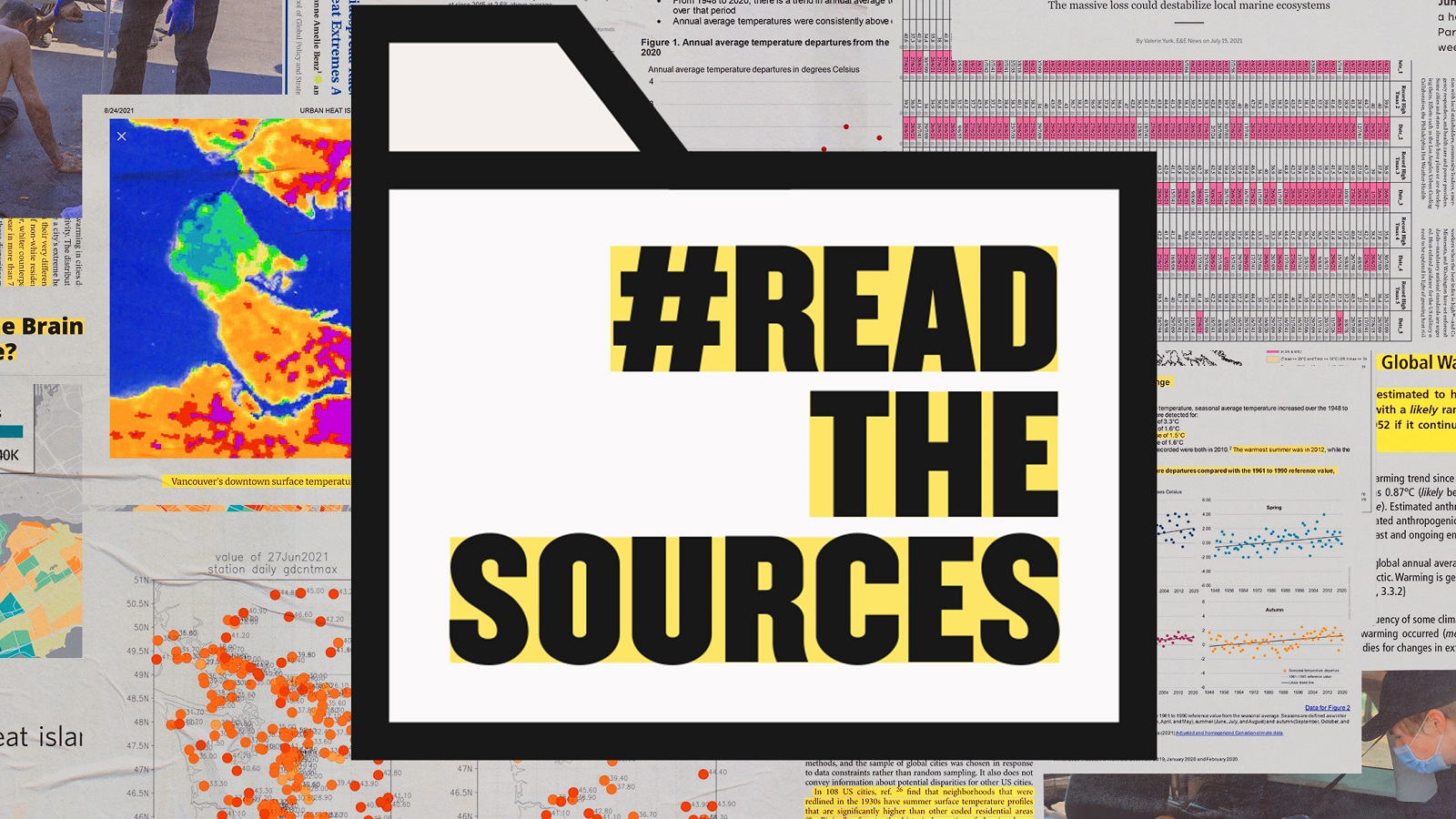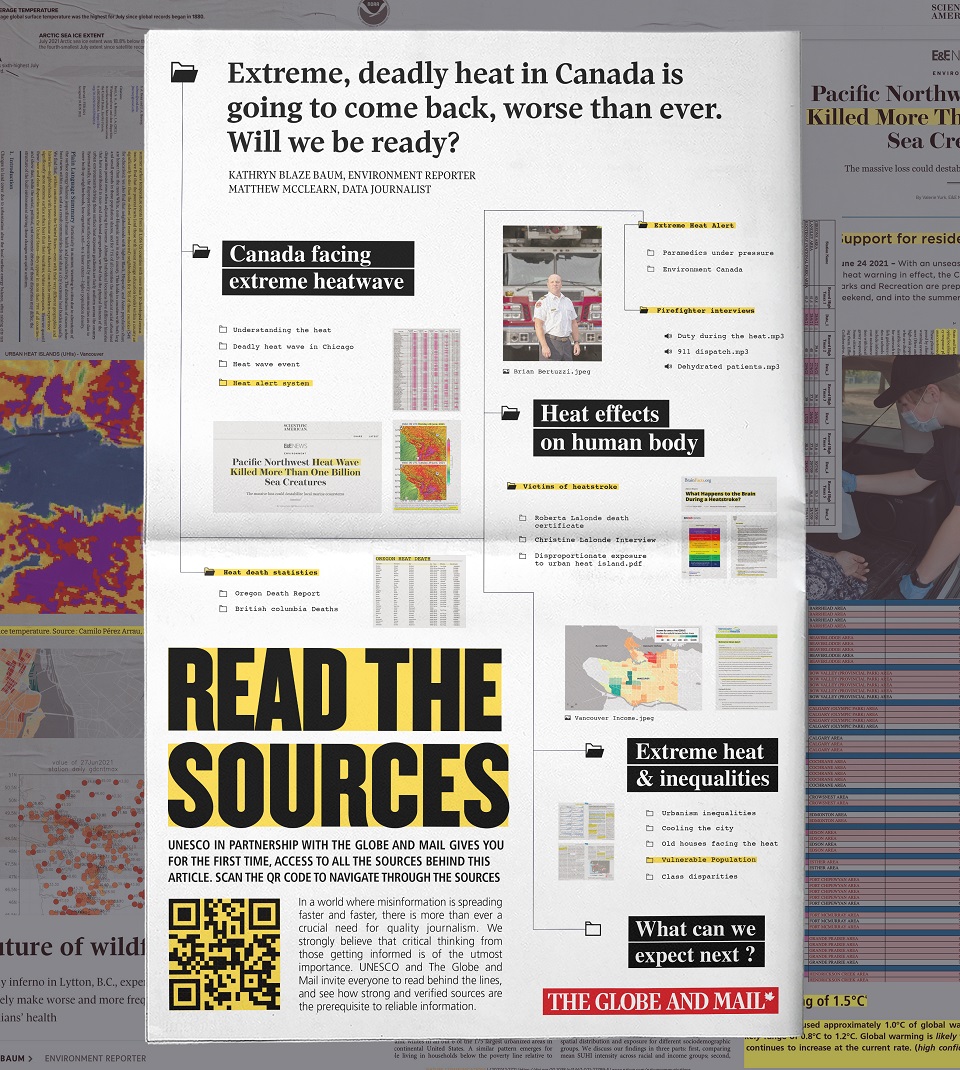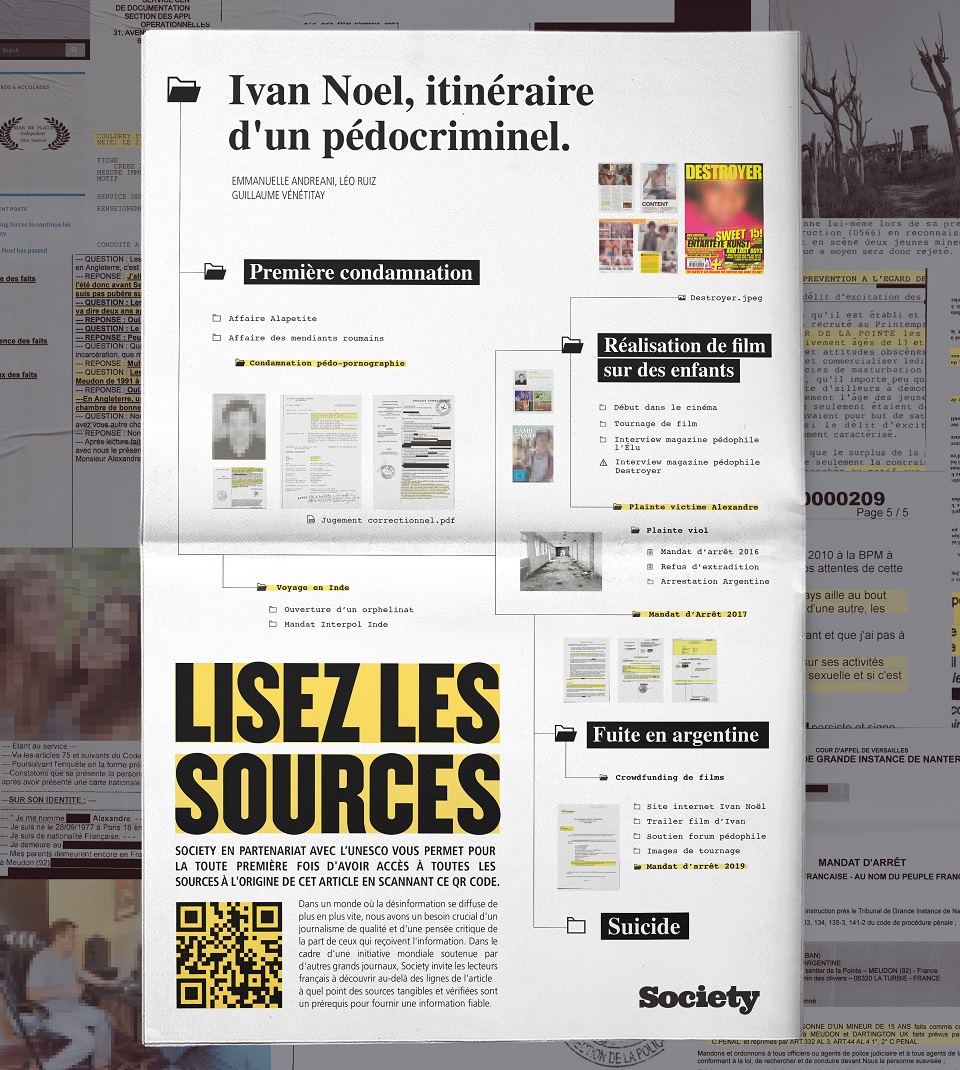For more than six decades, UNESCO has been fighting for press freedom and access to quality information for all. Sadly, the fight is far from coming to an end: Disinformation continues to spread like a virus across the globe, changing people’s way of thinking. It impacts how we vote in public elections and make government policy, and so much more than that. And with a pandemic upon the world’s shoulders, we’ve been seeing just how tragic the cost of lies can be. According to the organization, the issues generated by false and hateful forms of expression are even greater, affecting our identities, knowledge, and our democratic systems.
In an effort to make people differentiate the good information from the bad one, UNESCO joined forces with DDB Paris and launched the #ReadTheSources campaign, challenging readers to learn how the news they read came to life, by inviting them to discover the meticulous work behind investigative journalism – a rigorous process that requires attention, time, and dedication. When all the puzzle pieces are finally brought together, they reveal one single, reliable story.
To easily understand why legitimate information is important, simply associate it with food. If you want to cook a five-star rated meal, you’ll need high-quality ingredients. The same goes for news: “When you don’t know what your information is made from, you can’t tell if it’s good or bad,” says UNESCO via a press release.
In preventing readers who have lost their trust so much that they have doubts even when in comes to leading media outlets, the organization partnered with The Globe and Mail and Society media companies, inviting them to see “behind-the-scenes,” understand the process and explore the sources used to build the stories they have covered. More than 300 documents are available to the public, including images, audio recordings, interviews, and hundreds of PDF files, which can be accessed at a microsite dedicated to the initiative.
Part of UNESCO’s Media and Information Literacy program, the #ReadTheSources global campaign is visible until the end of December in press, social media, and via YouTube. Its launch coincides with the 10th anniversary of the Media and Information Literacy Week.
Credits:
Client: UNESCO
Client Supervisors: Guy Berger, Marielza Oliveira, Tim Francis, Julien Ravalais Casanova, Matthieu Guevel
Agency: DDB Paris
Agency Supervisors: Vincent Léorat, Mathieu Bliguet, Lauren Riera, Justine Roux
Chief Creative Officer: Alexander Kalchev
Art Director: Idriss Dabre
Copywriter: Léa Laurenza
Copwriter assistant: Louis Maschino
Strategic Planner: Cédric Ledoux
Print Producer: Jocya Mallet
PR Director: Anne-Marie Gibert
Post-producer: Sylvie Dumas
Sound production: Marine Cremer, Cédric Boit, Alexandre Vicart, Clément Reynaud
Motion Designer: Samuel Ben-Simon
Digital Production: Cher Ami
Artistic Director: Yannice Berthault
Project Director: Guillaume Brehat
Developer: Julien Barret
In collaboration with: The Globe and Mail and Society


